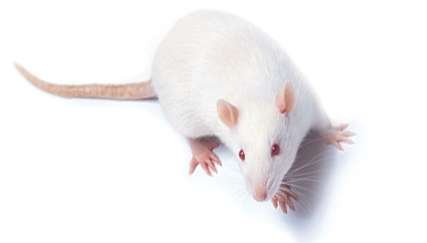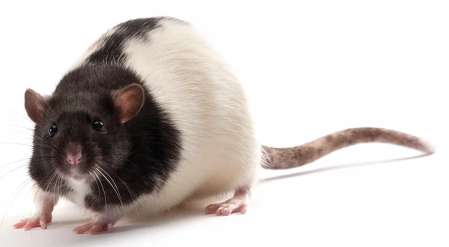The laboratory rats, Rattus norvegicus, have been used in research, and their use is steadily augmented over the last decade. A laboratory mouse can be used as a biological research model in physiology, pharmacology, toxicology, immunology, theriogenology, molecular genetics, medicine, and oncology.
Rats and mice are genetically characterized as distinct, and rats have a larger size to allow scientists to perform experiments. These rat models are economical in comparison with large animal models. However, sometimes obstacles increase in research work using genetically modified rats.
Commonly Used Strains of Rats and Their Features
The rat colony was earlier established by Henry Donaldson, a physiologist, scientific administrator, and genetic researcher. He maintained the Wistar rat strain, and most of the laboratory rats are their descendants. The most used strains of rats are the Sprague Dawley strain, Wistar strain, Long Evans strain, and F344 strain.
1. Sprague-Dawley (SD)
Sprague Dawley strain, a hybrid albino strain, is an outbred whose exact origin is unknown. The original stock was thought to be produced from a cross of a Wistar rat female and a hybrid male of unknown origin. It was developed in 1925 by Robert Worthington Dawley at the University of Wisconsin, and the strain name Sprague was given by the name of his first wife. Morphologically Sprague Dawley rat has a long narrow head and a tail length close to its own body and a little higher than the Wistar rat. SD rat strain is more ferocious than the Wistar strain and strongly resistant to disease, especially respiratory diseases.

2. Wistar
The Wistar strain was developed in 1960 at Wistar Institute. Morphologically Wistar rat is characterized by a wide head, long ears, and a tail of length lower than its body length. The reproduction rule of living habits is easily affected by external temperature, air pressure, humidity, and noisy sound. However, its excellent ability to resist infectious diseases and low incidence of spontaneous tumors have become the most commonly used species in animal experiments.

3. Long Evans
Long Evan rat was named by their developing scientists as Dr. Long and Dr. Evans, who developed it by mating a Wistar female rat with a wild grey male rat in 1915. The color of these rats is mainly black-hooded.

4. Fischer344 (F344)
The F344 rat originated in 1920 at the Colombia University Institute for Cancer Research and later in 1951 by NIH. F344 are as albino as Wistar and Sprague Dawley rats but differ from them in sensitivity and activity of hypothalamic-pituitary-adrenal glands.
The F344 exhibits a high stress-induced corticosteroid production compared to Long Evan and Sprague Dawley rats. Their behavioral performance reduced faster with aging than other rat strains. The F344 rats have good reproductive performance, large litter size, and low levels of aggression.

Applications of the Above Rat Strains in Medical Research
1. Sprague-Dawley (SD)
Sprague-Dawley rat strains are used in all biomedical research disciplines, including pharmacology and toxicology. They have a high reproductive performance, making them an excellent model for the generation of pregnant female models. Sprague Dawley rats are docile and easy to handle.
2. Wistar
Wistar rat strains were used as the normotensive control for the SHR. Males have a blood pressure of 125 to 140mmHg at the age of 10 weeks. Wistar is good for ischemic and stroke studies due to its vasculature.
3. Long Evans
Long Evans rat strains are used for neurological, toxicological, and ophthalmological studies. They exhibit higher resistance to respiratory problems than outbred albino rats. Long Evan rats are preferably used for surgical procedures along with the application of inhalation anesthesia.
4. F344
The F344 is the most popular inbred rat used in general research, with a special focus on aging and oncological and toxicological studies. These are the laboratory rats of choice for the National Toxicological Program, Carcinogen Bioassay Program, and National Institute of Aging.
How to Choose Between Different Rat Strains?
The selection of rat strain greatly depends on your study’s purpose. If you focus on inhalation anesthesia, choosing the Long Evan rat will be better. If you focus on aging and toxicological studies, choose the best Cyagen knockout F344 rat strain. The reproduction-based studies can be performed on the Sprague Dawley or F344 rat strain of Cyagen. All pharmacological and biomedical studies can be performed on the Cyagen knockout model of the Sprague Dawley rat strain.
Conclusion
Cyagen is the best supplier of lab animals, including rats. It has laboratory rats from the well-maintained original strain of ancestors and supplies better quality laboratory animals for appropriate results. For more information, please visit Cyagen at: https://www.cyagen.com/us/en/





